Latest News
In Los Angeles, Shade Most Often Goes to the Privileged
After the hottest summer on record, officials vow again to make the city’s tree cover more equitable.
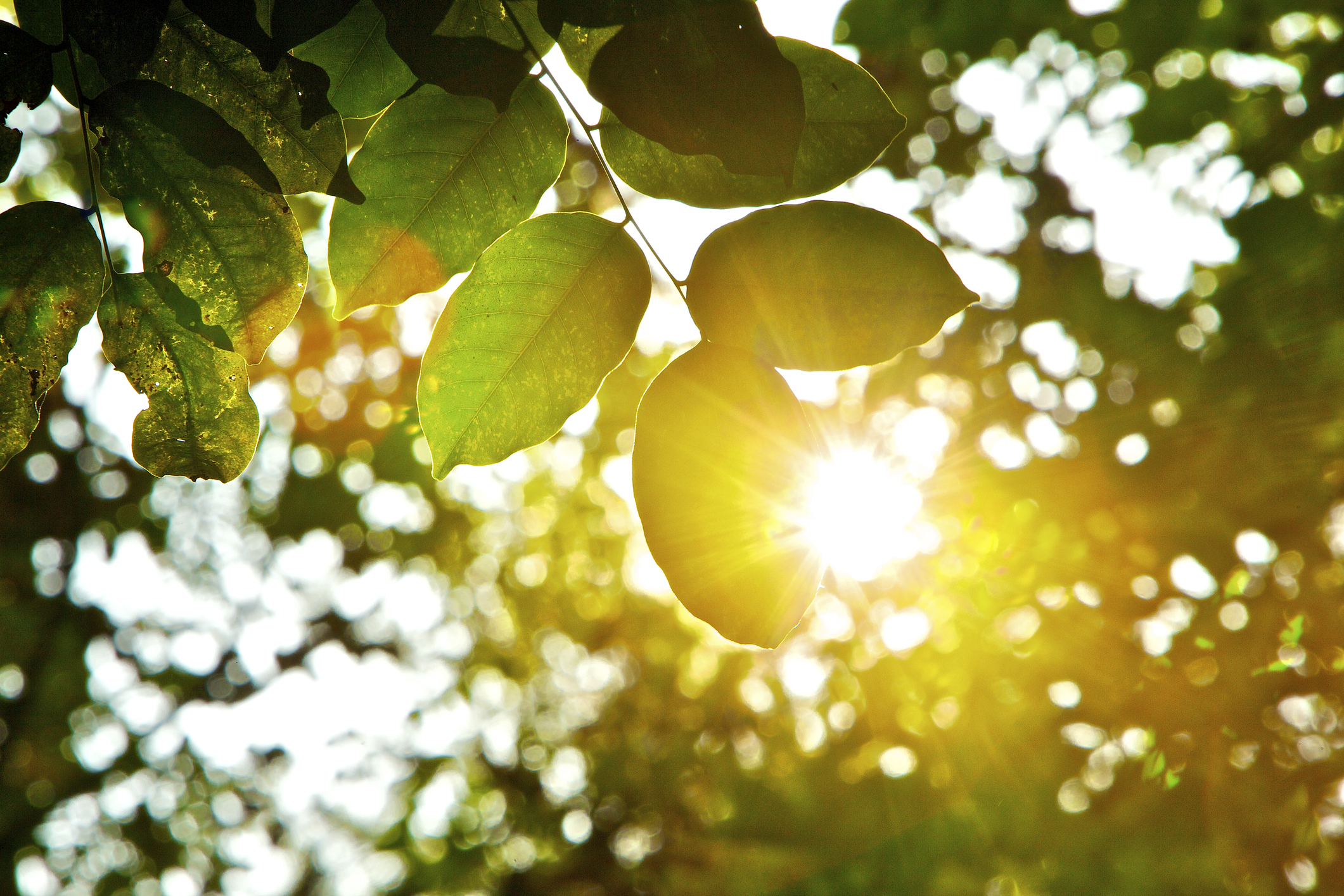
When Amy Schulenberg drives around Boyle Heights, she said she gets distracted looking at the trees. “My daughters call it trunk driving,” she said, laughing.
Schulenberg knows every species and seemingly almost every street in this historic working-class neighborhood east of downtown Los Angeles. Between 2021 and 2023, she walked hundreds of blocks in Boyle Heights to find space to plant new trees.
Join our email list to get the stories that mainstream news is overlooking.
Sign up for Capital & Main’s newsletter.
She rattles off the names of the species that were planted — a list that needed routine updating amid increasingly hot weather conditions.
“That’s the desert willow, that’s the Chinese pistache, that is the coast live oak, and that’s the purple orchid tree; Latino residents in this area call it ‘Pie de Vaca’ (Cow’s Foot), and many use it medicinally to make teas. They say it lowers their blood pressure,” she explained.
Schulenberg leads a grant-funded forestry program, overseen by the Los Angeles Department of Public Works’ office of sanitation and environment, that enabled her team to plant 1,400 trees in shade-starved areas of this neighborhood.
This particular grant for Boyle Heights came from the California Natural Resources Agency and was funded through the Proposition 68 Green Infrastructure Grant Program.
It was exciting, and a lot of work. “So many streets in this area have incredibly small parkways,” she said.
Boyle Heights is one of many Los Angeles communities with a lower-than-average tree canopy, meaning those who live here suffer the most as temperatures continue to rise. The average tree canopy across Los Angeles is 21%, but in neighborhoods such as South Los Angeles and Pacoima it is only 5% to 7%. By contrast, in affluent areas such as Los Feliz and Brentwood, it is as high as 40%.
“There’s a tremendous amount of evidence that in areas with adequate greening, we have reduced attention deficit disorder, reduced cardiovascular illness and respiratory illness, less depression and better pregnancy outcomes.”
~ Michael Jerrett, Professor of Environmental Health Sciences, UCLA
“There’s so much need for greening in areas of the city like South Los Angeles and the northeast San Fernando Valley,” Schulenberg said. For years, studies have concluded that shade equity in Los Angeles runs along economic and racial lines and that the city must prioritize planting more trees in hard-pressed neighborhoods.
“If you look at a map of highly vulnerable communities across Los Angeles that are impacted by a variety of factors, and then you look at a tree canopy map, they line up,” said Rachel Malarich, the city’s first chief forest officer.
More than just aesthetically pleasing, trees and green space are a vital part of a community’s health and climate resilience.
“We have this shift away from greening being something nice to have to make your neighborhood look nicer, kind of like putting jewelry on at the end of your outfit,” said Malarich. “It is, in fact, a critical piece of our infrastructure that is making our neighborhoods healthier, safer, having better outcomes for our residents.”
The health consequences of having a low tree canopy are very real.
Last April, public health researchers at the University of California, Los Angeles found that if the tree canopy and vegetation across the county were brought up to the median, residents in the areas below those medians could actually gain months of added life expectancy.
“There’s a tremendous amount of evidence that in areas with adequate greening, we have reduced attention deficit disorder, reduced cardiovascular illness and respiratory illness, less depression and better pregnancy outcomes,” said Michael Jerrett, one of the UCLA researchers. The number of “low birth weights go down, and well-being and happiness go up.”
But L.A. has a lot of work to do, and not only when it comes to putting trees on streets. There is nearly $3 billion in deferred maintenance at city parks to catch up on, and perpetual underfunding means overly long tree-trimming cycles that put trees at risk.
“We aren’t saying more trees, more big trees everywhere. There are places in this city where you can’t do that because there’s no space.”
~ Rachel Malarich, chief forest officer, City of Los Angeles
Professor John Wilson, director of the Spatial Sciences Institute at the University of Southern California, has been doing research on how trees can mitigate heat and regularly meets with various city departments to help with greening projects.
The challenge of increasing the tree canopy in poorer communities goes back to how cities were created in the first place, he says. Areas of the city that were redlined along racial lines many decades ago are still lacking basics, including open space, he says.
“We need to reimagine the city, not just Los Angeles, but every city in the world,” said Wilson.
After the recession in the late 2000s, the city faced a massive budget shortfall. The Department of Environmental Affairs was eliminated, and parts of it, like the urban forestry division, were tucked inside other departments.
“That’s part of the reason we have such a backlog in tree trimming, because [when] you delay maintenance, it just starts to pile up,” said Malarich.
A tax approved by voters in 1996 generates $25 million a year for parks, but it will expire in 2026. A proposed new tax was defeated by voters last year. The Los Angeles Times editorial board opposed the tax, saying it was poorly constructed and lacked community input.
“The city needs to really get serious about how it’s going to fund parks and urban greening, tree planting and maintenance into the future,” said Jon Christensen, adjunct assistant professor at the UCLA Institute of the Environment and Sustainability. “The city needs to make that commitment and put a funding measure in front of the voters that is clear and well articulated.”
During Garcetti’s tenure, the city developed a plan called L.A.’s Green New Deal, setting dozens of long-term sustainability goals, which included planting 90,000 trees by 2021.
As of June 2022, the city had planted around 65,000 trees. Creating a more equitable urban forest in Los Angeles over the next few decades is still the goal.
“We need to be thoughtful; we aren’t saying more trees, more big trees everywhere,” said Malarich. “There are places in this city where you can’t do that because there’s no space.”
Addressing such situations will require “a different kind of tree investment and design, together with feedback from other departments and the community” to get it right, she said.
“The city now has more hot days than ever, and the tree inventory is pivotal because it will feed information to know the resources that the city needs to address shade, quality of life and equity in this area.”
~ Teresa Villegas, public works commissioner, City of Los Angeles
Malarich is developing a comprehensive plan and organizing at least 25 neighborhood workshops to get input from residents.
“I am working on developing the city’s first urban forestry management plan, and that document is going to, for the first time for L.A., lay out our vision for the urban forest,” Malarich said. “What are our goals? What’s our vision? And then, it will also include our roadmap: How are we planning to get there?”
The city recently completed a citywide tree inventory that will help shape future decisions and track where the city stands.
“The city now has more hot days than ever, and the tree inventory is pivotal because it will feed information to know the resources that the city needs to address shade, quality of life and equity in this area,” said Teresa Villegas, a Los Angeles Public Works commissioner.
Twenty-five years from now, Wilson said, the number of days with temperatures above 90 degrees in the most vulnerable areas in Los Angeles will be at least 60 to 65 per year. “It is 35 now,” he said. “That will make life much less comfortable for people living in neighborhoods with less shade and air conditioning capacity.”
New money from the city and grants from a variety of sources have allowed the city’s Urban Forestry Division at the Bureau of Street Services to reduce the tree trimming cycle from 24 to 17 years, according to Ana Tabuena-Ruddy, who oversees the Urban Forestry Division; best practice is, however, to trim trees every five years. The division will also plant 3,000 trees a year across the city.
Mayor Karen Bass has expressed support for programs that make the city greener and more sustainable.
“We must continue to aggressively confront and adapt to climate change and to make sure that our city is resilient,” she said in her most recent State of the City address.
Bass has supported the new chief forest officer, increased the budget for the Department of Recreation and Parks Department by 6% and promoted various clean practices, including curbside composting.
But difficult decisions are coming, Malarich says.
“More investment is needed, and the city has to choose. We have many different issues facing us, and we have to think where we put our resources,” she said, adding, “The budget process is very complicated.”
Copyright 2024 Capital & Main

-
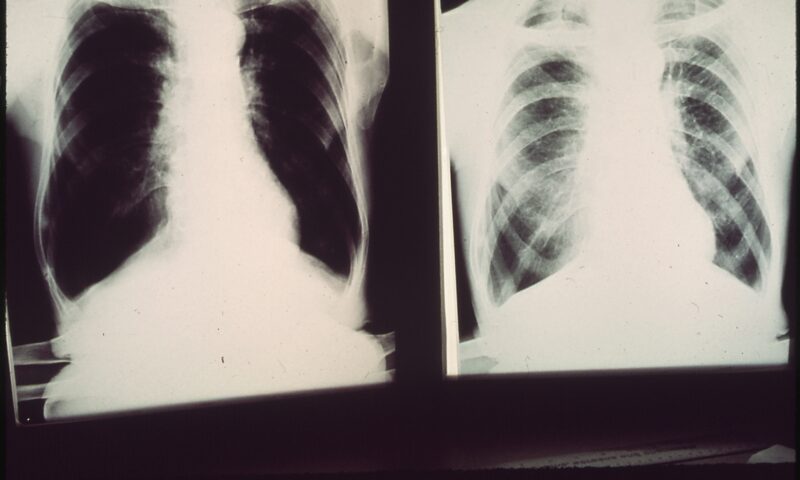
 Latest NewsJune 17, 2025
Latest NewsJune 17, 2025A Coal Miner’s Daughter Takes on DOGE to Protect Miners’ Health
-
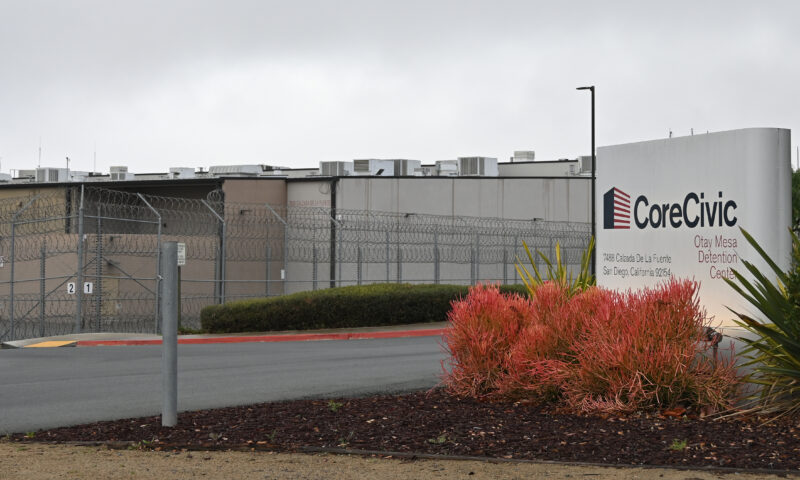
 Beyond the BorderJune 10, 2025
Beyond the BorderJune 10, 2025Detained Man Says ICE Isn’t Treating His Colon Cancer
-
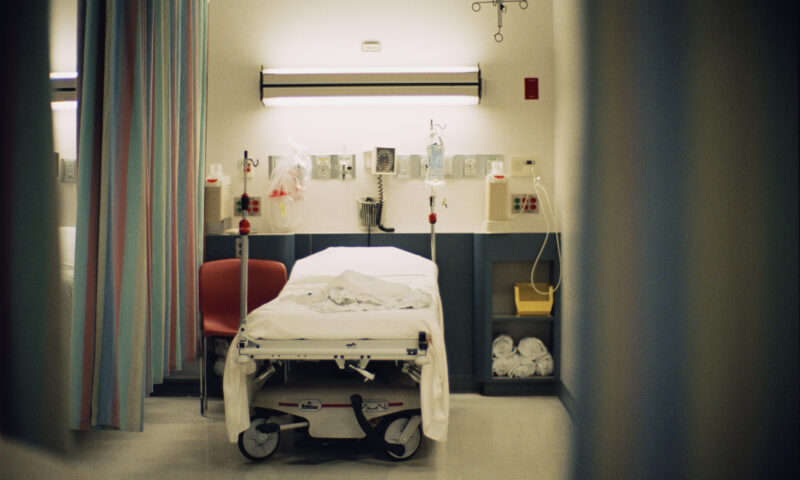
 Column - State of InequalityJune 12, 2025
Column - State of InequalityJune 12, 2025‘Patients Will Suffer. Patients Will Die.’ Why California’s Rural Hospitals Are Flatlining.
-

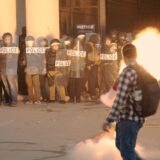 Featured VideoJune 10, 2025
Featured VideoJune 10, 2025Police Violently Crack Down on L.A. Protests
-

 Column - California UncoveredJune 18, 2025
Column - California UncoveredJune 18, 2025Can Gov. Gavin Newsom Make Californians Healthier?
-
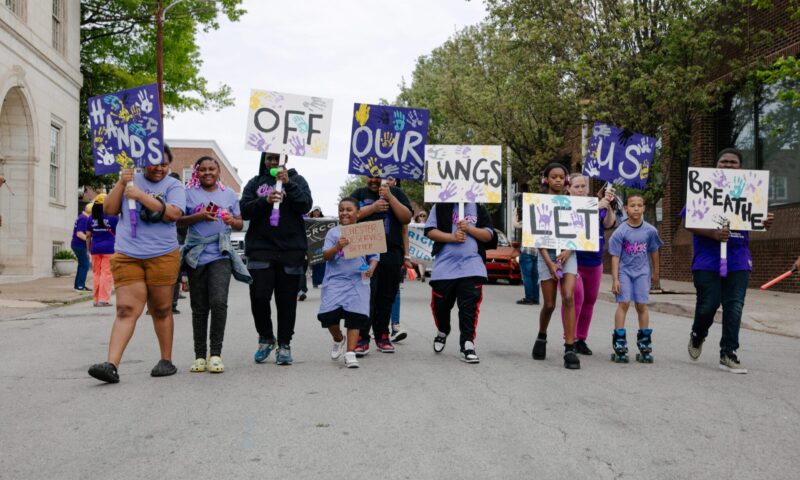
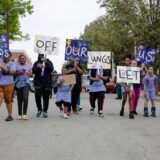 The SlickJune 6, 2025
The SlickJune 6, 2025Pennsylvania Has Failed Environmental Justice Communities for Years. A New Bill Could Change That.
-

 Latest NewsJune 6, 2025
Latest NewsJune 6, 2025Trump Won Big in Kentucky. Medicaid Cuts Could Hit It Hard.
-

 Latest NewsJune 6, 2025
Latest NewsJune 6, 2025Before Attacking Each Other, Musk and Trump Struck Blows Against Veterans, Children, the Hungry and the Sick

